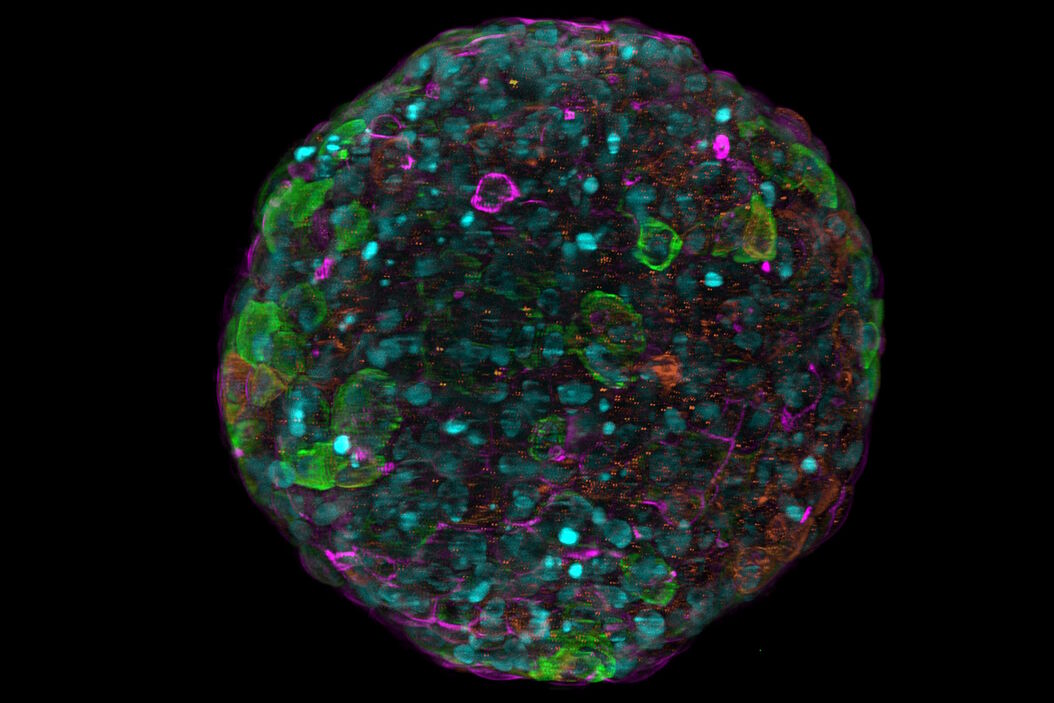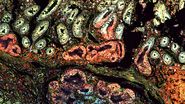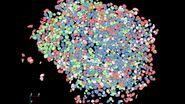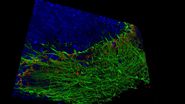Notable AI-based Solutions for Phenotypic Drug Screening
How to overcome challenges with 3D-cell culture and phenotypic analysis using artificial intelligence (AI) and optical microscopy – free, on-demand webinar

The use of 3D-cell cultures, e.g. organoids and spheroids, have gained popularity in pharmacological research. They offer an intermediate between traditional 2D-cell cultures and animal models. However, 3D-cell cultures present unique challenges for phenotypic drug screening. Generating them, staining markers, imaging, and data analysis require careful consideration of many factors. This webinar gives a comprehensive overview of the challenges, potential solutions, and insights for the planning and execution of successful phenotypic drug screening using 3D-cell cultures.
About the Webinar
By watching this webinar, you can learn about:
- Potential solutions for phenotypic drug screening using 3D-cell models
- Implications of Rayleigh scattering for 3D microscopy
- 3D-image segmentation and marker prediction
In this webinar, Prof. Rüdiger Rudolf from Mannheim University of Applied Sciences discusses the usage of AI-based segmentation algorithms for cell tracking, particularly in 3D-cell cultures that serve as models for pharmacological drug screening. It is shown how algorithms can be applied to segment challenging objects and datasets using built-in training models.
Prof. Rudolf and the Leica experts detail the collaborative efforts of creating reliable synthetic ground-truth datasets in a semi-automated manner by augmenting the experimental data of nuclei from their own samples. The synthetic dataset is modulated by scattering and diffraction effects, so it better reflects real-world scenarios. The final segmentation yields a 92% detection accuracy for 3D segmentation, which is superior to previously achieved results using conventional segmentation algorithms.
After Prof. Rudolf’s presentation, Leica experts give an overview of the Light Sheet method, as performed on the STELLARIS platform, and show how it can be used to study different samples, such as living and cleared tissues, organoids, and spheroids. Due to the incorporation of a vertical experimental setup, users have more options to configure fixed laser lines, create custom filters, and access samples quickly with multi-position experiment setups.



